Horticulture
-
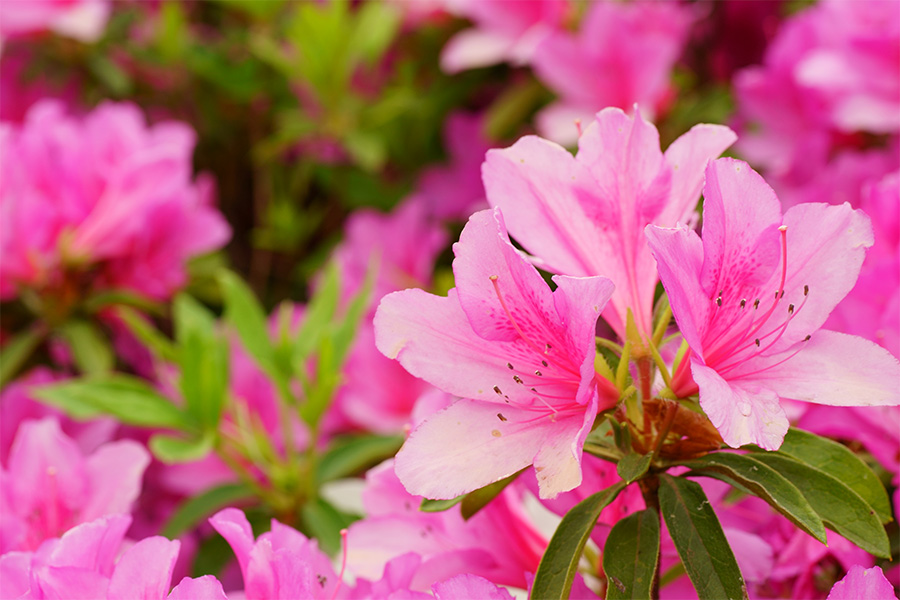
Azaleas’ vivid colors, profusion of flowers and adaptability to a wide range of soils and climates make them one of the most popular flowering shrubs in Georgia. Although most people associate azaleas with spring, there are several that bloom in summer and fall. By carefully selecting plants, you can have azaleas blooming at least eight months of the year.
Bodie V. Pennisi
|
-

Pruning is one of the most important cultural practices for maintaining woody plants, including ornamental trees and shrubs, fruits and nuts. Proper pruning requires a basic understanding of how plants respond to various pruning cuts. The principles and guidelines in this publication will help you master common pruning techniques.
Bob Westerfield and Gary L. Wade
|
-
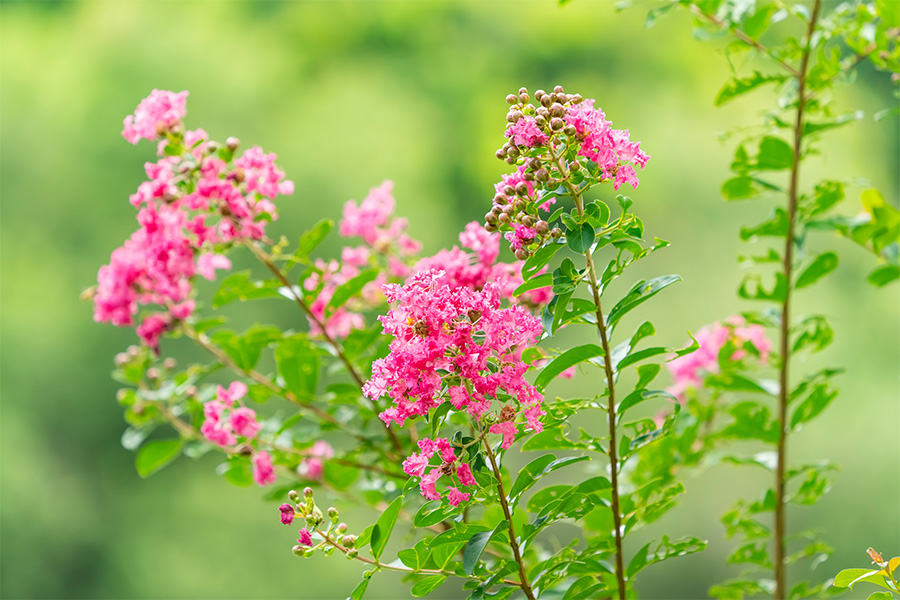
C 944
Crape Myrtle Culture
Crape myrtle is one of the most useful flowering shrubs/trees grown in Georgia. It provides abundant summer color with a minimum of maintenance.
Bodie V. Pennisi and Jean Williams-Woodward
|
-
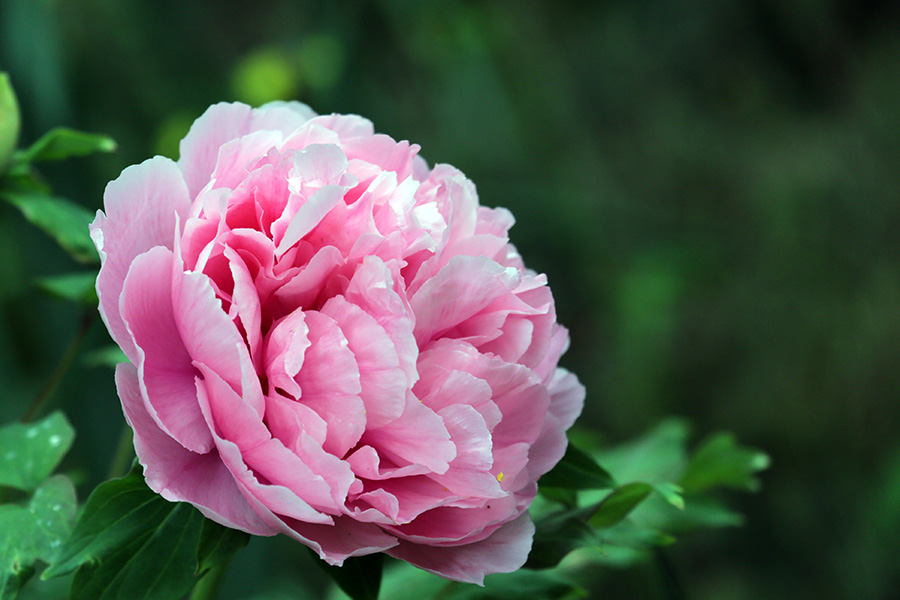
Whether in a commercial installation or residential garden, perennial plants can be successfully
used to offer more landscaping choices, distinguish your firm from the competition and create a niche for your landscape business. Perennial plants are complex, and it is best to contract or hire a professional landscape architect for the design phase and train knowledgeable staff in proper maintenance later on. This publication is intended to provide the basics of perennial plant biology, ideas on design and installation, and information on cultivation and maintenance of perennial beds. It should also serve as a quick guide for the most common and recommended perennials for Georgia. Common-sense tips from a professional landscaper’s perspective are also included.Paul A. Thomas, Bodie V. Pennisi, and Sheri Dorn
|
-

C 1151
Viticulture Management
This phenology-based viticulture management poster provides a reference for sound viticultural, disease, and insect management practices in a digestible format. Viticultural practices optimize vineyard health, profitability, and sustainability and improve crop quantity and quality. Like pest management, viticultural practices should be implemented in a timely fashion throughout the growing season to maximize practice efficiency and benefit gain. Disease control in grapes is critical, as grapes are susceptible to a wide range of pathogens. Implementing timely and adequate cultural practices will greatly help to suppress diseases.
Phillip M. Brannen and Brett R Blaauw
|
-

C 1151-SP
Manejo del Viñedo
Este póster del manejo del viñedo está basado en la fenología de la planta y proporciona una referencia para las buenas prácticas de manejo de las enfermedades y los insectos de la vid en un formato atractivo y digerible. Las prácticas vitícolas optimizan la salud, la rentabilidad y la sostenibilidad de los viñedos al mismo tiempo que mejoran la cantidad y calidad del cultivo. Al igual que el manejo de plagas, las prácticas vitivinícolas deben implementarse de manera oportuna a lo largo de la temporada de crecimiento de la planta para maximizar la eficiencia de la práctica y la ganancia de beneficios. El control de enfermedades en las uvas es crítico, ya que las uvas son susceptibles a una amplia gama de patógenos. La implementación de prácticas culturales oportunas y adecuadas ayudará enormemente a eliminar las enfermedades. Además, las uvas, más que muchos productos hortícolas, requieren programas de fungicidas agresivos durante todo el año para mantener la salud de la vid. El manejo integrado de plagas en el viñedo combina una variedad de técnicas y herramientas para controlar las plagas. Comienza identificando correctamente al insecto y comprendiendo su tiempo y actividad dentro de un cultivo a lo largo de la temporada. El monitoreo y la evaluación de la abundancia de plagas identificadas y las lesiones en los cultivos pueden ayudar a determinar el método correcto para el manejo efectivo de la plaga.
Phillip M. Brannen and Brett R Blaauw
|
-
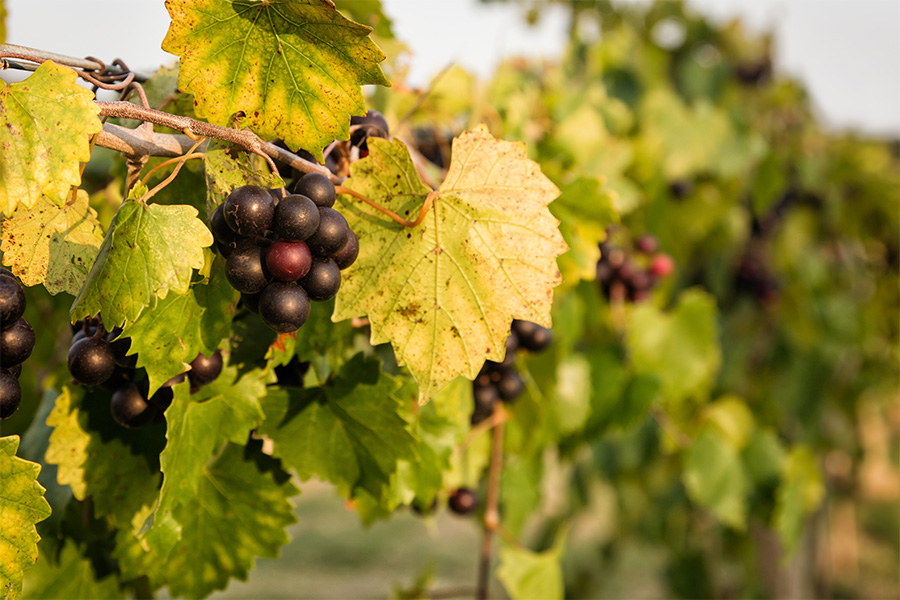
C 1268
Pruning Muscadine Grapes
Many gardeners don’t realize how vigorously muscadines and grapes must be pruned each season in order to ensure good production. Quality equipment and care also is essential to maintain healthy plants. This video covers the basics of how to properly prune muscadines and bunch grapes. Correct pruning methods are essential for strong fruit production and must be performed annually at the proper time. This video covers timing, tools, and techniques.
Bob Westerfield
|
-
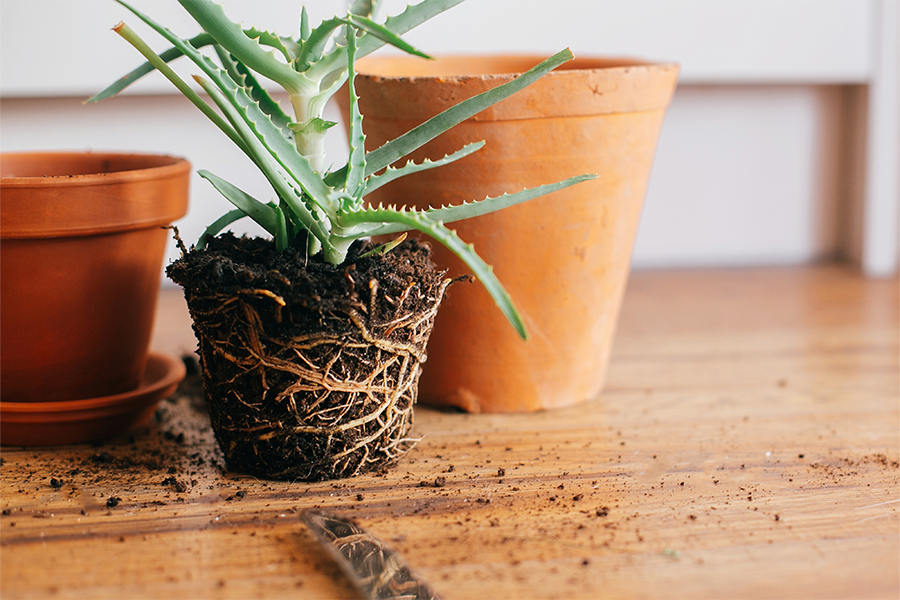
C 1240
Repotting Basics
This publication describes the reasoning behind repotting, as well as container selection, drainage, positioning the plant on an appropriate soil base, examining and attending to root issues, potential root removal and/or redistribution, backfilling, protecting, and watering the plant upon completion of repotting.
As container plants mature, their biomass increases and the roots grow outward and down to collect more water and nutrients. Most container plants tend to become root-bound and dry out quicker than their in-ground counterparts, and these conditions can cause a variety of issues, and lead to stunted growth and poor plant health. To prevent this from happening, it is important to make sure the root system is well dispersed in a healthy soil volume provided by an adequately sized container.
Bodie V. Pennisi
|
-

Well-groomed landscapes are often a result of considerable effort by landscape companies. Employees make them happen with routine care and, above all, attention to detail. A quality landscape and the image employees present on the job speak highly of the professionalism of the firm. Quality control (QC) is everyone’s responsibility and an essential part of a landscaper’s job. This publication describes the basics of creating and implementing a successful quality control program for your landscaping company.
Willie O. Chance III and Bodie V. Pennisi
|